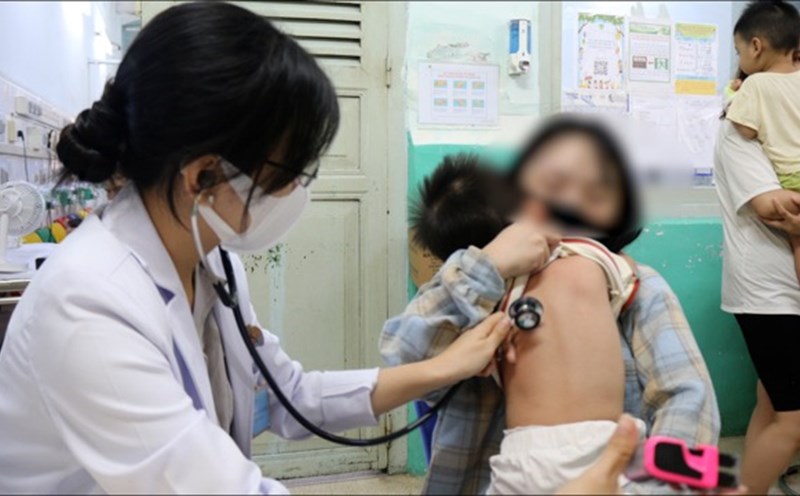According to Dr. Sudhir Kr. Gupta, Senior Consultant Doctor (Chest and bronchial endoscopy specialist), Kailash Hospital, Noida (India), when the rainy season comes, not only does it cause strong winds but also the virus and air pollution flare up, causing severe pressure on the respiratory system of many people. Many cases of flu, respiratory tract inflammation, asthma or shortness of breath appear after the rainy season, especially for people with pre-existing lung diseases.
Why are the lungs susceptible to damage during the rainy season?
According to the World Health Organization, the rainy season air contains a lot of moisture, creating a cool feeling but also making the environment humid, favorable for bacteria, mold and development allergens. Long-term exposure to high humidity can impair lung function, especially in people with underlying respiratory diseases.
Some specific causes include:
High humidity creates conditions for mold, dust mites and bacteria to grow, irritating the respiratory tract and making asthma worse, allergic rhinitis.
mold grows indoors due to a humid and poor ventilation, causing coughing and wheezing, especially affecting children and the elderly.
Sudden changes in temperature when moving from a refrigerator room to a humid outdoor space cause heat shock to the respiratory system, easily causing bronchitis and asthma attacks.
Air pollution is the main cause of silent and serious lung damage
In addition to humidity, air pollution during the rainy season is also the cause of increased respiratory diseases. Especially after the rainy season, when the air is still humid, pollutants such as smoke, dust emissions from vehicles, fine dust (PM2.5) stay longer in the air and easily enter the lungs.
According to lung specialist Sudhir Kr. Gupta, the number of asthma cases, chronic bronchitis and respiratory infections increased sharply when air pollution combined with humid weather. People who have had Covid-19 or have a history of lung disease are more susceptible to serious damage.
Respiratory diseases common during the rainy season and air pollution
Asthma: wet and polluted weather increases the risk of asthma attacks, causing shortness of breath, cough and wheezing.
bronchitis: High humidity stimulates the respiratory tract, causing inflammation and making symptoms worse.
Allergic rhinitis: Exposure to dust, mold and other allergens can lead to sneezing, runny nose, and cough.
Respiratory infections: virus and bacteria thrive during the rainy season, increasing the risk of pneumonia and sinusitis.
How to prevent and protect your lungs during the rainy season and pollution
Wear a mask when going out, especially in crowded or highly polluted places.
Use an indoor air purifier to reduce dust and pollutants.
Close your windows on days of polluted air or heavy rain.
Limit close contact with people with symptoms of respiratory infections.
Keep your hands clean and keep the living environment airy, avoid mold.
Regularly get vaccinated against influenza to prevent viral infections.
Maintain a healthy diet, drink enough water and exercise regularly to strengthen the immune system.











